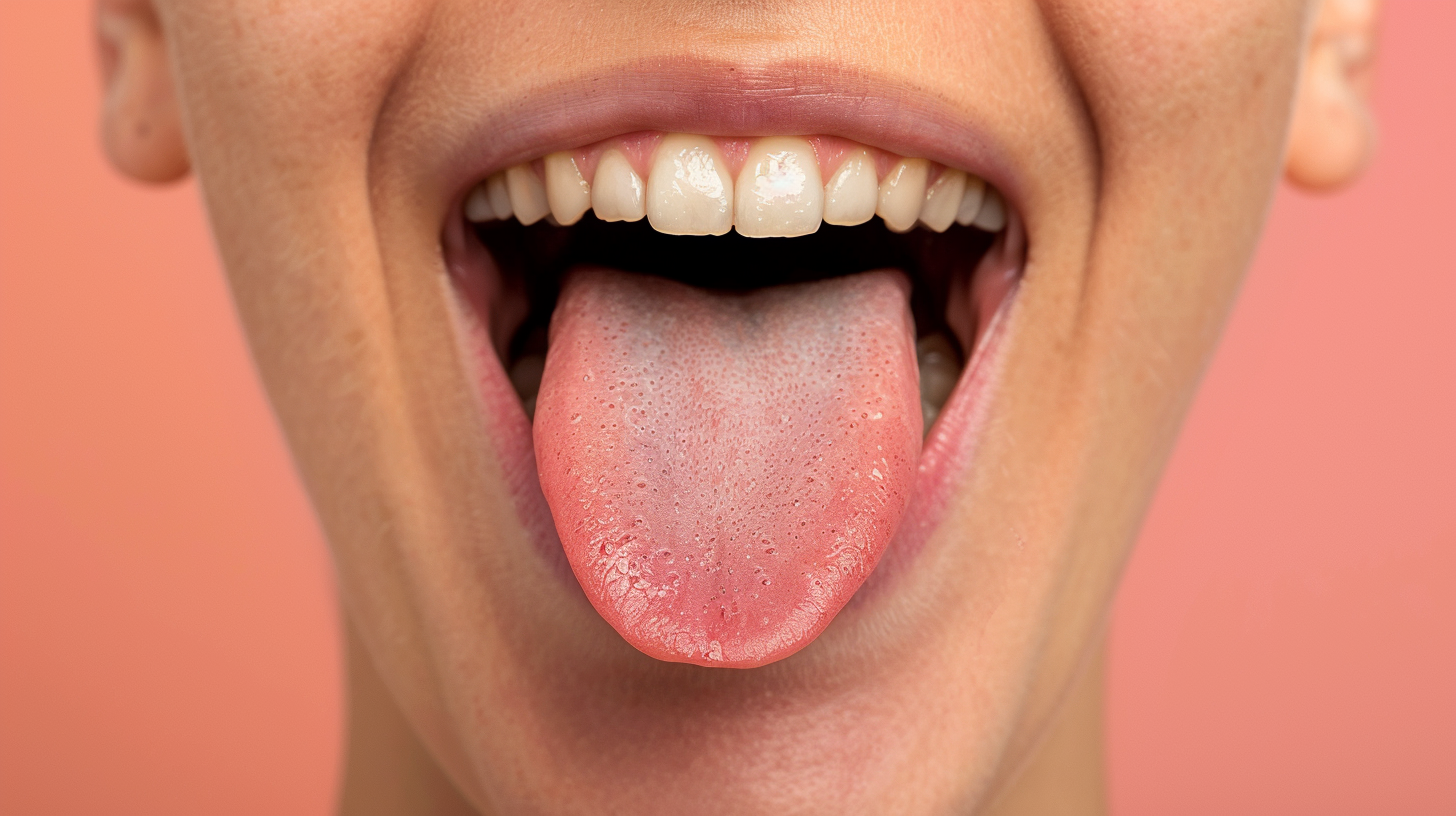Introduction: Breathing Starts at the Core
Most people associate posture with shoulders or the neck—but the true foundation of healthy breathing begins at the pelvis.
At BreatheWorks, we’ve seen how pelvic alignment influences diaphragm function, rib mobility, and even jaw tension. It may seem surprising, but the connection between the core and the airway is central to understanding how people breathe, move, and heal.
The Pelvis, Diaphragm, and Postural Stack
The human body relies on an aligned “stack”:
- Pelvis
- Spine and rib cage
- Head and jaw
When the pelvis tilts—either forward or backward—it disrupts the entire stack:
- The diaphragm loses its resting shape and contractile power
- Breathing shifts into the upper chest and neck
- The core muscles overcompensate or collapse
- Jaw and tongue posture change to compensate
- Voice quality, chewing, and even sleep can be affected
This is why speech and language pathology must look beyond the head and neck.
Real-World Case: A 45-Year-Old with Jaw Tension and Core Weakness
A woman came to BreatheWorks with jaw pain, chronic TMJ dysfunction, and persistent low back pain. She’d seen a physical therapist and a dentist, but her symptoms kept returning.
Evaluation showed:
- Anterior pelvic tilt with flared ribs
- Forward head posture and mouth breathing
- Overuse of neck and chest muscles for breathing
- Poor intra-abdominal pressure control (weak core engagement)
We addressed the issue holistically:
- Myofunctional therapy to normalize tongue posture and reduce tension
- Breathing re-training to support the diaphragm
- Pelvic alignment work and core reconditioning through posture-focused therapy
- Coordination with a pelvic floor therapist
Outcomes after 10 weeks:
- Resolved jaw clicking and pain
- Increased endurance during work and daily activities
- Decreased back tension and improved pelvic stability
- More restful sleep with nasal breathing
Why the Pelvis Impacts the Airway
Pelvic misalignment can lead to:
- Collapsed diaphragm and poor oxygenation
- Inability to generate proper intra-abdominal pressure
- Compensatory tension in the neck, shoulders, and jaw
- Reduced speech and swallow control
- Shortness of breath causes, especially under stress
And because pelvic posture affects balance and gait, it also increases fall risk in older adults and contributes to inefficient movement patterns in athletes.
How BreatheWorks Incorporates Pelvic Posture into Therapy
We go beyond the head and neck because the whole body affects speech and breathing:
✅ Myofunctional therapy to restore proper oral and breathing patterns
✅ Postural re-education to realign the pelvis, spine, and rib cage
✅ Collaboration with pelvic floor PTs and core rehabilitation providers
✅ Breath retraining to re-engage the diaphragm and reduce upper-chest compensation
✅ Education on how sitting, standing, and sleeping positions affect the airway
Signs Your Pelvis Might Be Contributing to Breathing or Jaw Problems
- Persistent low back pain or pelvic discomfort
- Difficulty activating or stabilizing the core
- Breathlessness during speech or light exertion
- TMJ dysfunction that doesn’t respond to dental work
- Poor posture while sitting, especially when working or eating
- Strained voice or difficulty projecting
Key Takeaways
- Pelvic posture plays a key role in airway, jaw, and breathing function
- Misalignment leads to inefficient breathing and increased tension
- Myofunctional therapy and postural correction can dramatically improve outcomes
- BreatheWorks provides full-body solutions for better speech, breath, and balance



